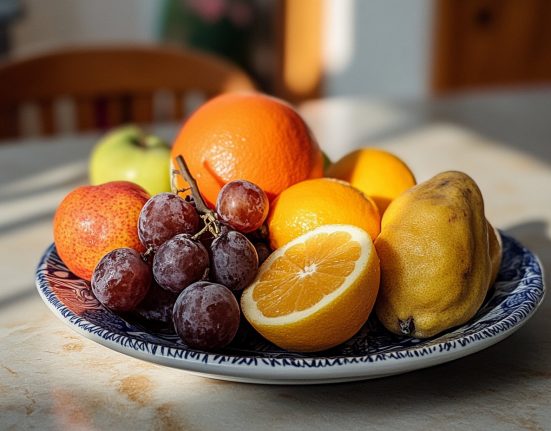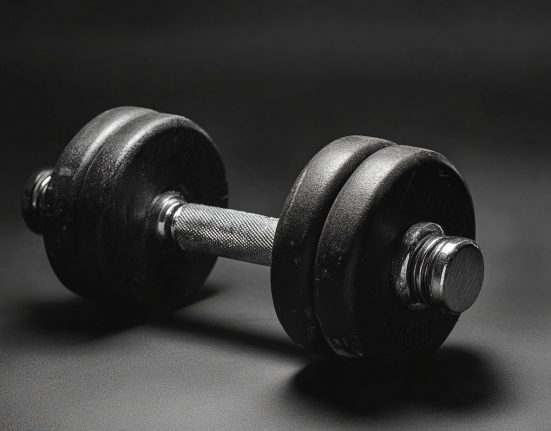You may be accustomed to throwing your food scraps in the trash, but if you’re concerned about the environment and want to learn more about composting, you are at the right place.
By composting, brown waste (such as leaves and twigs), green trash (such as grass cuttings, vegetable waste, coffee grounds, and eggshells), and water can be transformed into rich fertilizers that can help in the growth of your garden. Composting is an economical way to feed your plants while lowering the amount of garbage going to local landfills.
But did you know that indoor composting offers all the advantages of an outdoor compost pile or bin without taking up valuable lawn or patio space? It is an easy method to move toward a zero-waste household and lessen the amount of food waste you generate at home.
Composting at home has become more common and simpler than ever before in recent years. The days of needing a large open area or even a backyard are long gone. You can now compost inside with a little help.
Composting at homes is commonly done with worms. However, there are a variety of reasons why someone would not want to use them.
For one many just don’t like worms. Besides that it could be:
1. Vermicomposting has additional costs simply because you additionally need to purchase worms.
2. A small mistake can cause unpleasant scents to spread throughout your flat very rapidly.
3. Because you need to regularly check how much your worms need to eat and whether you need to add more garbage, vermicomposting might need more upkeep than other types of composting.
4. When vermicomposting, harvesting your completed compost requires additional labor since you need to remove all the worms.
Good news? Indoor composting can be done without worms.
How does indoor composting work without worms?
Even though vermicomposting, or composting with worms, is commonly believed to be the more effective technique, it is totally feasible to compost indoors without worms! Aerobic composting is an additional type of composting that is simple to carry out indoors, even if you currently live in an apartment.
Microorganisms are used in aerobic composting to break down organic matter. Because these bacteria need oxygen to live (thus the name “aerobic composting”), your compost containers must have some type of ventilation or air pockets.
Tips for indoor composting without worms
Use the proper brown-to-green waste ratio: Your compost pile should normally comprise three parts brown waste to one part green trash. Green garbage contains nitrogen-rich stuff (often food scraps), whereas brown waste contains carbon-rich material (things like shredded newspaper and dead leaves).
Reduce the size of your kitchen scraps: Smaller materials degrade faster than larger parts. Cutting up your organic waste before putting it in compost bins will help the composting process go faster.
When possible, use technology: New technology is always being developed to make processes like composting easier and more efficient. Using these technologies when possible can only help your composting efforts.
Turn your compost: If you don’t have worms to aerate the contents of your compost bin, you’ll have to do it yourself. This just entails rotating your compost once a week.
Compost activators should be used: Without the proper balance of components, starting the composting process might be difficult. If you’re having trouble making compost without worms, you may use compost activators to speed up the process.
Maintain the moisture in your compost: The bacteria that break down compost need oxygen to survive, and they receive it from the moisture in the compost. If you see the compost becoming dry, simply spritz it with water.
Ways to compost indoors without worms
Here are some ways to go about indoor composting without worms:
Electric Composter
Electric composters are great for composting without worms in an apartment. Electric composters are the ideal solution because the majority of them are small enough to fit on a kitchen counter.
They take the hassle out of indoor composting. Simply dump your kitchen garbage into your smart compost bins and wait for the signal to indicate that they’re full. The electric composter will not only make the procedure easier, but it will also make it faster.
Bokashi Bin
Another alternative is the relatively new Bokashi technique, which creates compost through anaerobic decomposition. To get started, simply purchase a Bokashi bin kit and follow the instructions that come with it. The basic idea is that you combine all of your food waste in the bins with Bokashi bran, which acts as a compost activator. Once everything is in place, you’ll need to compact the pile well to ensure there aren’t any air spaces. After around two weeks, you’ll have a finished compost pile.
DIY Compost Bin
You can create a compost bin in your house or apartment that is similar to but much smaller than a standard outside compost pile. With this arrangement, you’ll want to follow all of the regular composting stages. You’ll also want to consider where you’ll put your compost bin while using this strategy. You’ll want to install your indoor compost container somewhere dark and out of the way.








